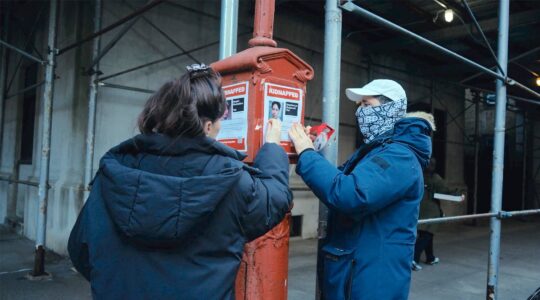Despite the surge of interest in Yiddish and Yiddish culture—through institutions like the Yiddish Book Center, and programs such as immersion retreats, academic summer courses, and even Yiddish farming—it would still take thousands more Yiddish speakers to guarantee future generations access to all of the valuable Yiddish artifacts of the past.
Enter Internet 2.0 and Yiddish Goes Digital, an exciting crowdsourcing project out of Cornell. Yiddish Goes Digital asks Yiddish speakers everywhere to help translate an archive of late-19th and early-20th century newspapers. These translations—mostly of labor-oriented newspapers like The Ladies’ Garment Worker—will be invaluable to anyone trying to understand Jewish labor, social, and economic history.
True to Yiddish’s populist spirit, anyone can offer their translation. Signing up and getting started is easy. “Translations don’t have to be perfect,” reads the project description. “It is more important to get the sense of the documents than perfect translations.” This forgiveness of imperfections and embrace of languages’ inevitable evolution is in line with current thinking about translation, but perhaps more important, it is probably the only way to make these valuable Yiddish artifacts accessible to future generations.
Hey, you! Have you spotted any Hanukkah hams, tinsel-strewn electric menorah displays, or light-up Hanukkah aprons? Enter our Hanukkah Kitsch Photo Contest by 12/17 to win a GeltFiend Hanukkah sweater! Contest details here.
JTA has documented Jewish history in real-time for over a century. Keep our journalism strong by joining us in supporting independent, award-winning reporting.





